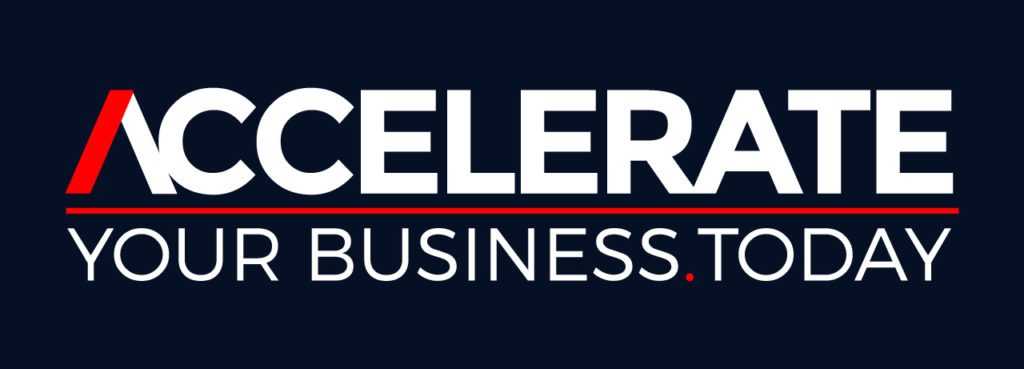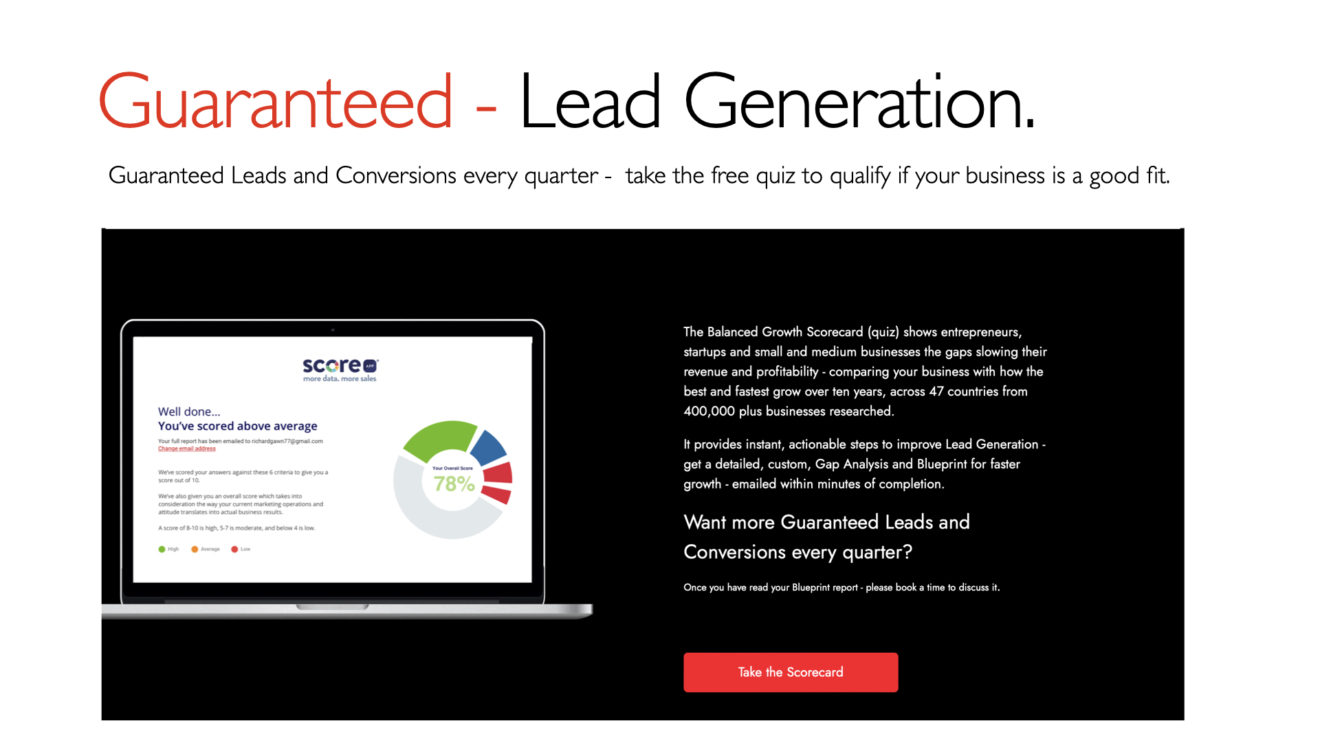Patrick Campbell of Profitwell, a software company that helps entrepreneurs and small and medium businesses grow subscription revenue – has valuable insights into the health and revenue of e-commerce, SaaS, and media companies, B2B businesses across most western world countries.
The results
- Revenue growth is slowing, much like the recession of 2008,
- Covid shutdowns weren’t as bad as the current slowdown,
- Campbell suggests significant business pain is arriving soon,
Patrick Campbell + Profitwell recommended this plan for recessions – be prepared with the following actions.
1) Cut,
The goal is to trim expenses – the recession will last about two years,
- Go back to your 2019 budgets and re-forecast revenue and expenses based on these numbers,
2) Shore Up Your Customer Base,
- The goal is to gain more sustainable new buyers for a relatively fixed cost to acquire – start conversations with performance marketing and sales with businesses that guarantee performance.
- Grow Long Term Value by 200%-800% by converting monthly subscribers to annual subscribers
- Implement a good salvage offer that can keep 25% of the people who try to cancel your subscriptions,
- Send reactivation campaigns after 60 days to anyone who cancels
3) More Focus on New Revenue,
Which services can you cross-sell and up-sell to existing buyers? The aims are to increase the average sale value, frequency, and lifetime values.
The past four recessions, new revenue stayed consistent,” Patrick said.
- Add-Ons: Long Term Value lifts revenue between 18%-54% – quickly.
- Multi-Product Strategy: More products – Sell more. Multiple products grow revenue on average between 30%-50% faster than single-product companies.
4) Cut Your Discounts in Half,
Patrick says – It’s counterintuitive; discounts over 20% will double your churn – unprofitable.
Your sales and marketing team might think increasing discounts will lead to more buyers.
Focus on new buyers without discounts – it’s significantly more profitable,
5) Make Strategic Acquisitions
Only some businesses will make it to the other side – be aware, and plan for new opportunities to increase revenue and shared profitability growth.
6) Be Nimble
Adapting and pivoting based on facts is a successful strategy for many companies.
Possibilities include – new products and services, new geographies, re-branding, outsourcing lead generation, revenue operations – marketing and sales,
7) Create Strategic Partnerships: Of the companies that pursued strategic partnerships, nearly all (88%) saw revenue either increase or stay the same.
Have an opportunities mindset – where are the new possibilities where a shared approach can grow revenue or reduce costs?
Often these include
- shared services – reducing both business’s costs,
- cross-selling – each business selling the others businesses’ services,
- shared location, two accommodation costs reduced by sharing different locations,
8)Pick your Winning Strategy
Recessions produce two distinct approaches: an aggressively build-and-grow approach or a cut-and-shrink approach. The choice is a combination of leadership style and access to funds.
a) Aggressive promotional campaigns take advantage of changing market conditions by expanding, buying competitors, pivoting, or developing strategic partnerships – even all of the above.
b) The focus is to mitigate all risks by cutting costs, pivoting, or digging into their emergency cash stash to keep operations afloat until the recession is over.
9) Promotion Beats Prevention: A defensive strategy results in a more significant loss of revenue than those that chose an offensive strategy.
In Offensive -promotion-based strategy, only 13% reported significant revenue declines, while 30% saw dramatic revenue lifts during or shortly following the recession.
10) Communicate More: On average, businesses that focused more on communication and transparency had an 80% revenue growth during the recession. Start early and include specialists – mentors, advisory directors – as one director once told me – you need more grey-haired now – experience makes a difference.
Take this free scorecard to understand the gaps in your business that impact your ability to grow. It measures the imbalances in your business – find the gaps compared to how the best grow faster. In under 8 minutes, you will have your custom gap analysis and growth blueprint – how to grow 8x faster.
Based on how the best grew faster across ten years of research, across 47 countries across over 400,000 plus businesses.
- No more guesswork,
- Know where to focus and what to do,
- Get better ROI – quickly,

